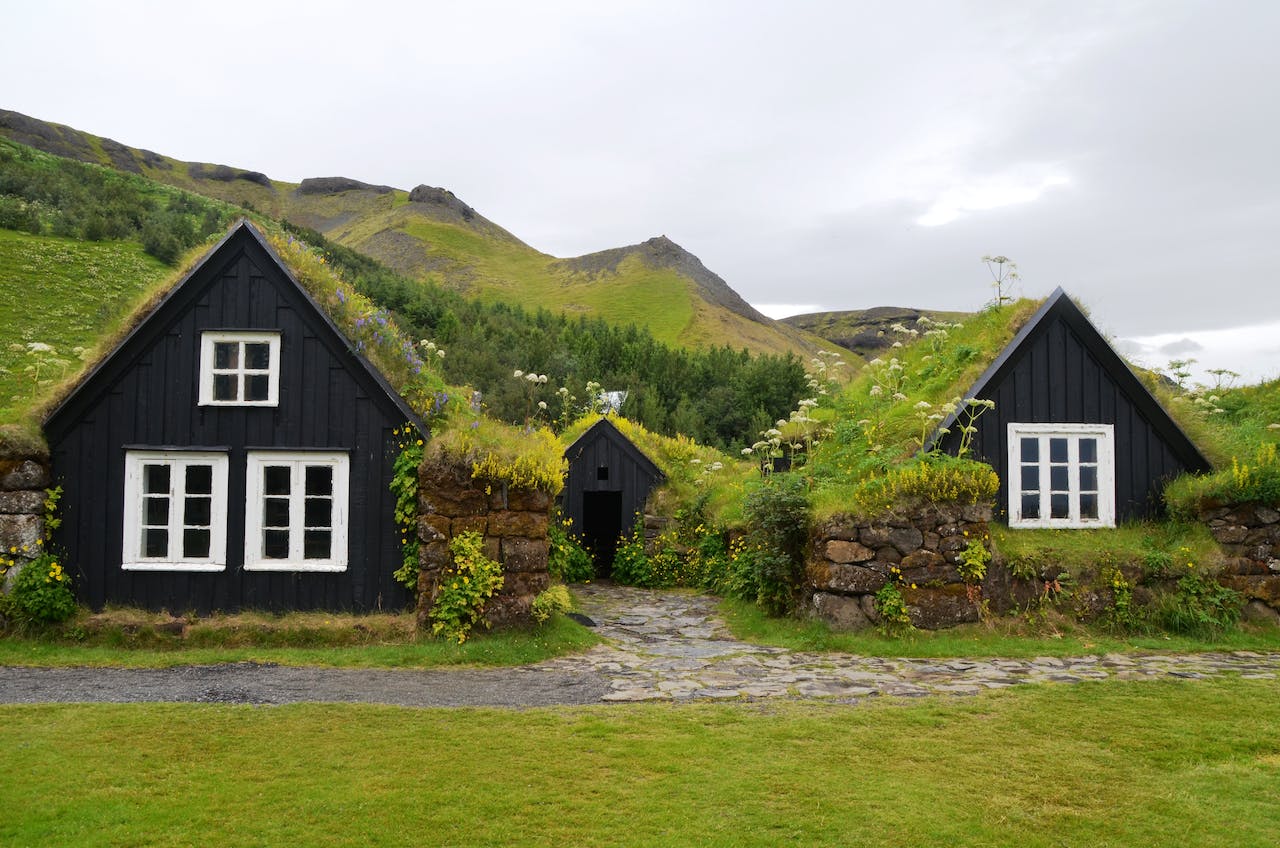
The global push towards sustainable and eco-friendly practices has led to increased interest in green roofing systems for both residential and commercial properties. Green roofs, also known as vegetated or living roofs, consist of a combination of growing medium, plants, and a waterproof membrane. These innovative roofing solutions offer numerous environmental and financial benefits, such as stormwater management, improved insulation, and reduced utility costs.
In this comprehensive article, we will explore the world of green roofing systems, delving into the various components and construction methods associated with these sustainable structures.
Furthermore, we will outline the maintenance requirements and lifespan expectations associated with these sustainable roofing solutions. As we progress, our focus will remain on how Roofing Masters Network’s skilled professionals can help you make informed decisions regarding the implementation and care of your green roof, ensuring optimal performance and longevity.
Join us as we embark on a journey through the fascinating realm of vegetated roofing systems and step into a more sustainable and environmentally responsible future for your property.
1. Components and Construction: Building the Foundation for Green Roofs
The successful implementation and performance of a green roof rely heavily on its core components and construction process. A typical green roofing system comprises several layers, such as a waterproof membrane, root barrier, drainage layer, growing medium, and vegetation. Each component plays a vital role in ensuring the roof’s functionality and durability.
The process begins with the installation of a waterproof membrane to protect the building structure from moisture damage. A root barrier installed above the membrane prevents plant roots from penetrating the membrane and causing leaks. The drainage layer is essential for proper water management, allowing excess water to flow off the roof while retaining the necessary moisture for plant growth. The growing medium helps anchor the plants while providing nutrients and support for growth, and the chosen vegetation serves as the topmost layer, creating the lush green landscape visible on green roofs.
Selecting the appropriate plants is a critical aspect of green roof construction. Common choices include drought-tolerant and low-maintenance plants, such as native grasses, succulents, and sedums.
2. Mitigating Urban Heat Island Effects: A Cooling Solution for Cities
One of the most significant benefits of green roofing systems is their ability to mitigate the urban heat island effect. This phenomenon occurs when urban areas absorb and radiate more heat than their rural counterparts, due in part to the abundance of asphalt, concrete, and other heat-absorbing materials that absorb solar radiation.
Green roofs can help counteract this effect by reflecting sunlight and providing natural insulation. The plants on green roofs absorb the sun’s energy for photosynthesis, reducing the amount of heat absorbed by the roof surface. Furthermore, the process of evapotranspiration occurs when plants release moisture into the air, resulting in a cooling effect. These characteristics make green roofs an effective solution for lowering the overall temperature in urban environments, contributing to more comfortable living and working conditions.
3. Energy Efficiency and Cost Savings: A Smart Investment
Green roofs offer numerous advantages in terms of energy efficiency and cost savings. Their ability to provide natural insulation results in improved temperature regulation within the building, reducing the reliance on heating and cooling systems. According to an EPA report, a green roof can lead to a 10-15% reduction in energy consumed for heating and cooling. Consequently, this can lead to significant savings on utility bills for property owners.
Additionally, green roofs can contribute to extending the lifespan of your roof by shielding the waterproof membrane from the damaging effects of ultraviolet radiation, temperature fluctuations, and mechanical wear. By protecting the underlying layers of your roof, green roofing systems can provide long-term savings on repair and replacement costs.
4. Aesthetics and Biodiversity: Enhancing Your Property’s Appeal
Beyond their practical advantages, green roofs can also significantly enhance the aesthetic appeal of a property. The lush, verdant vegetation can act as a visual focal point, transforming your roof space into an attractive and vibrant oasis. Utilizing a diverse plant palette can create captivating patterns and color combinations, further increasing the visual impact of your green roof.
In addition to their aesthetic appeal, green roofs provide valuable habitat for urban wildlife and contribute to biodiversity preservation. By creating green spaces in urban settings, green roofs can attract pollinators such as bees and butterflies, as well as a variety of birds and other wildlife. These thriving ecosystems can serve as a haven for both humans and wildlife, contributing to an improved quality of life in urban areas.
Embrace the Benefits of Green Roofing Systems with Roofing Masters Network
By integrating green roofing systems into your property, you can achieve an array of environmental, financial, and aesthetic benefits. With the support and expertise of our team at Roofing Masters Network, you will gain valuable insights into the unique advantages of green roofs and how they can be incorporated into your property’s overall design and functionality.
At Roofing Masters Network, our top priority is to deliver comprehensive local roofing services tailored to your unique needs. Allow us to guide you through every step of the green roof journey, from plant selection to ongoing maintenance. Contact us today to learn more about the transformative potential of green roofing systems for your residential or commercial property!

